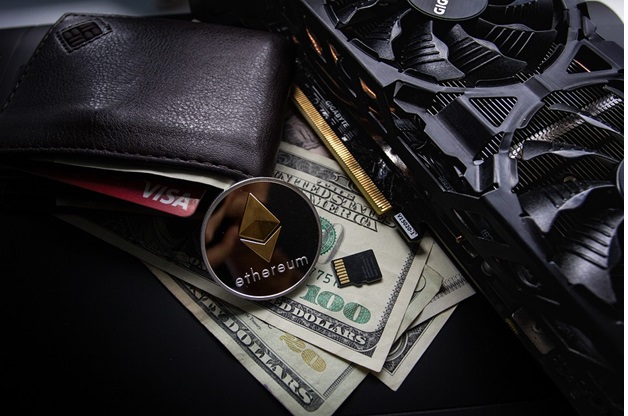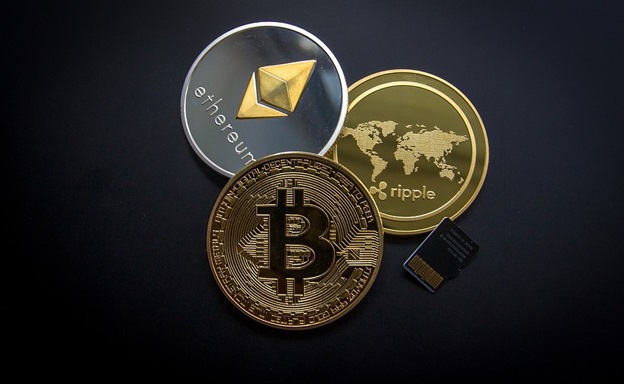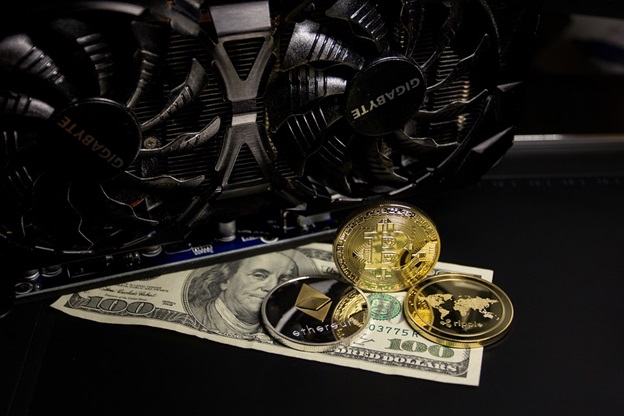
Although Satoshi Nakamoto initially envisioned Bitcoin in 2009, all succeeding cryptocurrencies are collectively referred to as altcoins. In other words, a cryptocurrency other than Bitcoin is called an altcoin or alternative coin. This definition, however, paints a very wide image of the thousands of “altcoins” that are now available in the market as the industry continues to grow.
The majority of altcoins are created and published by programmers who have distinct goals or purposes in mind for their currencies or tokens. In this article, we’ll find out more about other cryptocurrencies and how they vary from Bitcoin.
Defining What An Alternative Coin Is
Other cryptocurrencies that were introduced following the popularity of Bitcoin are referred to as “Altcoins.” Typically, they position themselves as superior Bitcoin competitors. The most well-known alternative cryptocurrency, Ethereum’s ether, found its market and use cases entirely outside of the Bitcoin ecosystem.
The term “Altcoin,” which combines the words “alternative” and “coin,” refers to all coins that are not Bitcoin. Many altcoins are developed using the fundamental foundation that Bitcoin offers. Altcoins differ greatly from one another, despite the impression of numerous similarities. The perceived constraints of Bitcoin are the focus of several alternative currencies. They need a competitive advantage if they are to thrive.

How To Get Your Hands On Them
Cryptocurrency, including altcoins, can be purchased on exchanges like Coinbase, Gemini, or BlockFi. Numerous conventional stock brokerages, such as Robinhood and SoFi, also accept Bitcoin and other cryptocurrencies. Additionally, you can learn how to master your trading styles or techniques, become familiar with the most recent market trends, and use a reliable crypto platform in order to increase your chances of profitability during your trading experience.
Alternatively, professional crypto users can avoid using any crypto exchange by directly purchasing altcoins using a compatible cryptocurrency wallet.
You must provide your personal information and link a payment mechanism, such as a bank account or debit card, in order to purchase altcoins through a cryptocurrency exchange. You can start investing in altcoins after your account has been formed.

What Are They Several Types of Altcoins
Stablecoins, mining-based coins, staking-based coins, and governance tokens are just a few examples of the various sorts of alternative cryptocurrencies. The function and purpose of an altcoin determine its kind. When studying altcoins, you’ll mostly come across the following categories of cryptocurrency.
1. Stablecoins
By associating the price of crypto assets with fiat currency, other cryptos, and industrial or precious metals, stablecoins provide stability to extremely volatile digital currencies. The goal of stablecoin is to keep its value constant throughout time. The aforementioned asset value serves as a reserve in the event that stablecoin holders decide to cash out. Tether (USDT), USD Coin (USDC), and Binance USD (BUSD) are popular stablecoins.
2. Governance Token
With the use of voting rights, holders of governance tokens could influence the direction of a particular project. Governance tokens often provide you with the ability to draft and vote on cryptocurrency-related proposals. Also, the fact that all holders have a voice and decisions aren’t made by a single central authority contributes to the coin being a decentralised initiative.
3. Mining-Based Coins
This kind of crypto uses mining to confirm transactions and increase the available quantity of coins. Mathematical equations are solved by mining equipment. Typically, a block of transactions is verified by the first miner to solve the equation. Blocks that are verified by miners earn cryptocurrency rewards.
Mining was the first technology utilised to process cryptocurrency transactions since Bitcoin is a mining-based cryptocurrency. However, the fact that mining uses a lot of energy is a drawback.
4. Staking-Based Coins
Staking-based cryptocurrencies use the technique of staking to validate transactions and increase the number of coins. In a blockchain network that functions in this manner, holders of staking-based coins have the option to stake their coins, which pledges their funds to be used for transaction processing.
In return, they get cryptocurrency incentives. In doing this, the blockchain system selects a participant to verify a block of transactions. The odds of being picked increase when a user raises their investment.
5. Meme Coins
Memecoins are a popular cryptocurrency whose value is mostly based on community support and are named after puns and jokes from social media. Unlike Bitcoin, whose value is more tightly connected to fundamentals like scarcity and the total market cap, meme coins regularly enter the crypto ecosystem in significant quantities and are rapidly acquired by passionate trend followers and influencers.

Final Thoughts
There are alternative coins for a vast range of investor profiles, and more are being produced as you read this, which is part of the appeal of altcoins and their current uncertainty. We’ve merely scratched the surface thus far. If you want to explore further, just remember to treat your commitment like any other investment, do your homework, make wise decisions, and keep in mind that there are no hard guarantees in the world of financial investments, including altcoins.

